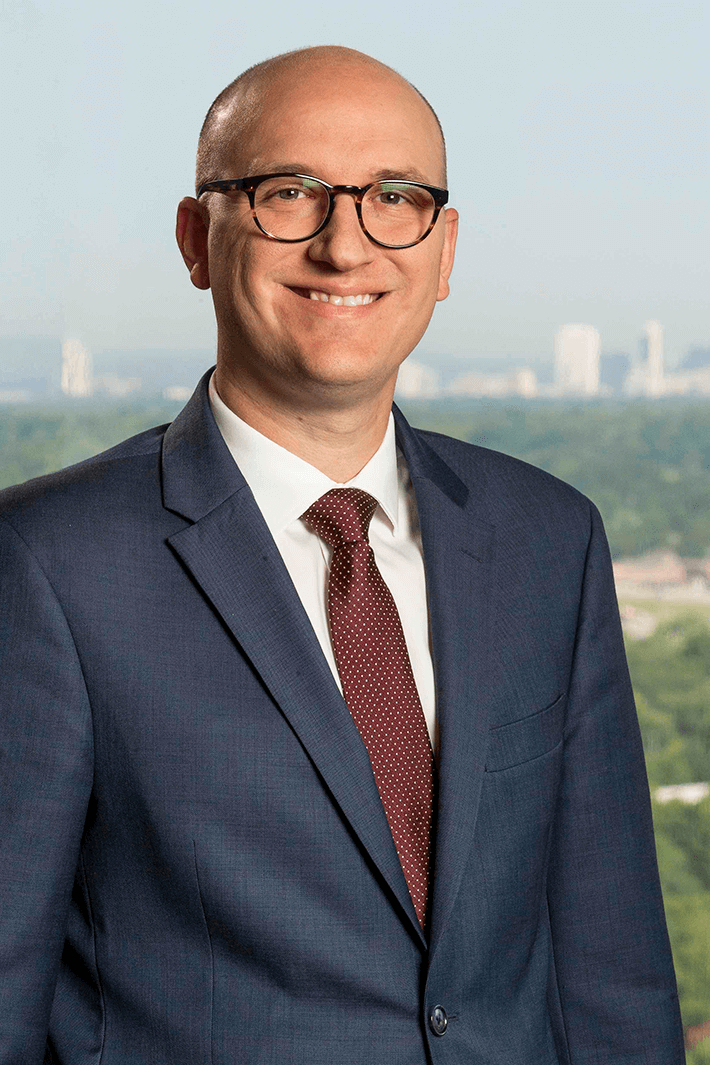Roth IRA Conversions
Considerations Before Turning Your Traditional IRA Into a Roth
This year marks the 25th anniversary of the Roth IRA. Since its introduction via
the Taxpayer Relief Act of 1997, the Roth IRA has proven to be an indispensable tool for retirement savers. Much of its popularity can be attributed to how it upends the traditional rules of retirement account taxation.
What makes the Roth so unique is that contributions are made with dollars that have already been taxed, unlike traditional IRAs and 401(k)s, which are funded with pretax contributions. While paying tax upfront might not sound like a tremendous benefit, the tradeoff is that, as long as you meet certain requirements, all of your future withdrawals from the Roth are tax-free.
The Roth’s special tax treatment can offer diversification to your income streams in retirement, providing you with a tax-free income option in years when your tax rate might be higher. Furthermore, there are no required minimum distributions (RMDs), which allows your money to remain in the account and compound tax-free for a longer period. This last point also makes the Roth IRA a phenomenal vehicle for passing on a tax-free inheritance to your heirs – especially now that children and most other nonspousal heirs must deplete inherited IRAs within 10 years of the original owner’s death.
If you have already accumulated large balances in a traditional IRA, you can still convert some or all of your traditional IRA to a Roth. Upon conversion, the value of the assets converted will be included in your taxable income. Then, provided you are at least 59½ and wait at least five years from conversion, all your future withdrawals will be tax-free.
Before rushing to make a conversion tomorrow, here are a few important considerations:
Lower Market Values
Although market volatility may have reduced the balance of your IRA and left you feeling glum, there is a small silver lining. Since income taxes are based on the value of the assets at the time of conversion, you get more mileage out of a conversion if you do it while market values are lower and allow its rebound to occur inside the Roth IRA.
Lower Tax Bracket Today Than in the Future
When you fund a Roth IRA, you are effectively wagering that your tax bracket will be lower at the time of your contribution than at the time of distributions. The same concept holds for Roth conversions. For the strategy to succeed, your income tax bracket should be lower at the time of conversion than it is at the time of withdrawals.
There are many scenarios where this might be the case. For example, if you have recently retired but have not yet begun taking distributions from your IRA or 401(k), you could be in a brief window where you find yourself in a lower tax bracket and have an opportunity to make a tax-efficient conversion. Rather than converting all at once and potentially pushing into a higher tax bracket, however, you can also convert smaller amounts spread over multiple tax years.
Outside Assets to Pay Tax
To make the math of a conversion work in your favor, you need to have cash outside of your IRA to pay the resulting income tax. If you pay your tax bill by taking a distribution from your IRA or by selling assets in a taxable account and paying capital gains, odds are the conversion will become too expensive to see a benefit from the Roth IRA.
Commitment to the Conversion
It was once possible to change your mind if you converted but didn’t like the outcome. For example, if the conversion took place at the beginning of the year and the value of your Roth IRA subsequently plummeted, you could undo the conversion and avoid the resulting income taxes so long as you did so by the tax-extension deadline. However, since 2018 this “recharacterization” is no longer allowed. As a result, once you convert you must live with the consequences.
Please keep in mind that these are all general guidelines and that each circumstance is unique. Before initiating a Roth conversion, be sure to visit with your TCO advisors and your tax advisor.

MICHAEL HOPPER, CFP®, CTFA
Executive Vice President & Chief Operating Officer
(918) 744-0553
MHopper@TrustOk.com




